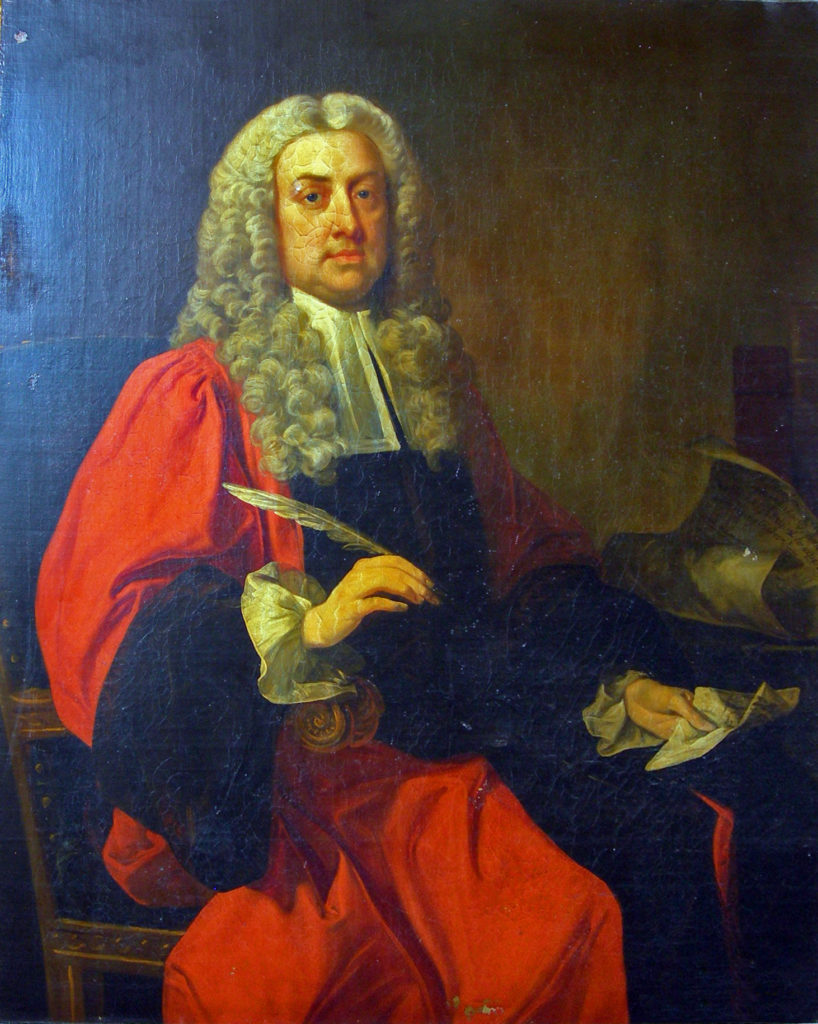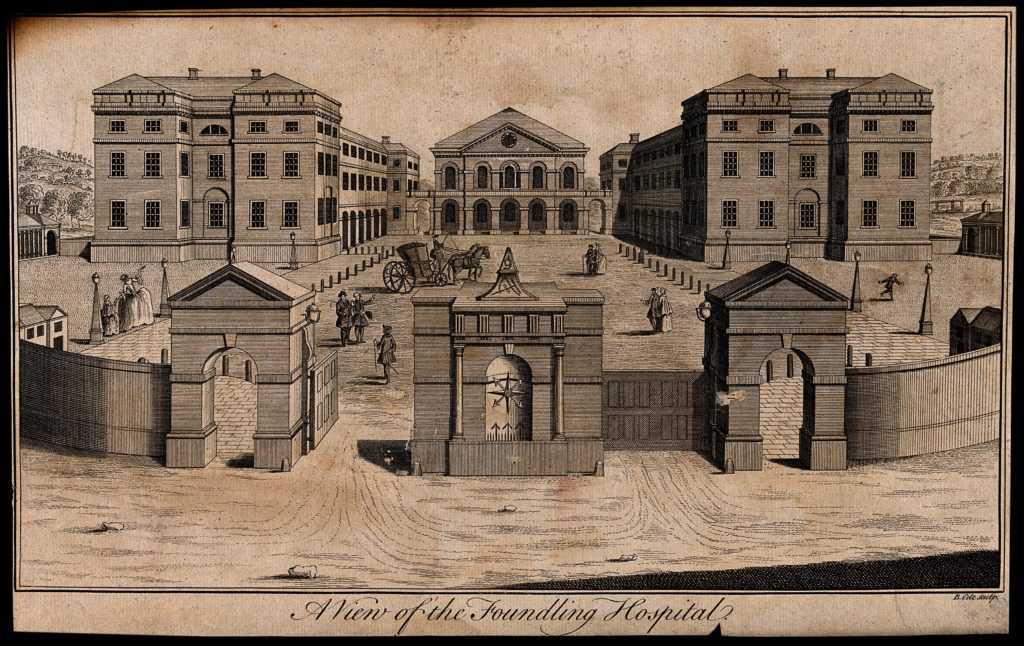Taylor White: a brief biography
Taylor White Esq FRS (1701-1772) – Jurist, Naturalist, Collector

Taylor White was born into a prosperous landowning family in Nottinghamshire, the second of five children. In 1720, he moved to London to study law at Lincoln’s Inn and qualified for the bar in 1727. White became a successful barrister in London and then practised on the Northern Circuit. Twice a year, in spring and summer, White rode this rigorous “Long Circuit,” a thousand-kilometre-round trip from London through Yorkshire, Northumberland, Cumberland and Westmoreland. The Circuit had its pleasures – dinners, balls, races and hunting – and opportunities for a naturalist to view birds in their native habitats (“The Great Speckled Diver – I shot this bird in the fens in lincolnshire”). In 1750 he was appointed Circuit Judge for North Wales, then in 1756 Puisne Judge for Chester.
White evidently had an early interest in natural history. He was elected a Fellow of the Royal Society at the age of 25, joining his elder brother John White (1699-1768), already a member. A protégé of Martin Folkes (who was to become president in 1741), Taylor White took an active role in the 1730s as a member of the Repository Committee, responsible for the Society’s collections. In 1744, he was appointed to the Council.
Membership in the Royal Society brought White into contact with some of the great naturalists and collectors of his day, from Hans Sloane and Richard Mead to Joseph Banks and Thomas Pennant as well as with artists like George Edwards and Georg Ehret. Inspired by fellow members like Sloane, whose collection formed the foundation for the British Museum, White began to amass his own collections of plants, shells, coins, skins, specimens, live birds, and watercolour drawings of animals and plants.
Beginning in the 1730s, White engaged a number of artists including the Irish painter Charles Collins, and later the London-based painter Peter Paillou, to draw portraits in full colour of all the birds, mammals, reptiles and fish he could find. White insisted that where possible the subjects be drawn “size of life,” and sent the artists he commissioned out to paint not only specimens in the recently founded British Museum, but also live animals in menageries like the Royal collections at Windsor Park. His second wife Frances (Fanny) Armstrong – “a beautiful young Lady and a large Fortune”- was the daughter of Major General John Armstrong, Chief Royal Engineer, who lived at the Tower, so that White’s artists had privileged access to the lions and wolves in the famous Tower Menagerie.
White also benefitted from a vast informal network of collectors who provided skins and preserved specimens of rare and curious creatures from almost everywhere in the known world. He acquired skins and live birds from North and South America, Europe and Scandinavia, the Middle East, South Asia, and Africa. He encouraged his friends like William Harrison, on his voyage to the Caribbean to test the chronometer, and Joseph Banks, who sailed to Newfoundland with James Cook in 1766, to bring him birds from their foreign travels.

As White’s collection grew, it became well known as a reference for naturalists and artists; they visited White in his home at Lincoln’s Inn New Court, and later at the Foundling Hospital to which White and his family moved in 1752. White had the reputation as “a Man of Honour, of Truth, and of the strictest Virtue,” and in 1740, he had been elected a Governor of the Hospital, becoming in 1746 its first Treasurer, a post he occupied until his death in 1772. In his quarters in the East Wing, he enjoyed both free rent and as much of the produce of the Garden “as he shall have occasion for,” and evidently room to keep live birds.
Upon the death of his brother in 1768, White returned with his family to his childhood home, Wallingwells near Tuxford in Notttinghamshire. He died at Bath in 1772, and his wonderful portfolios of birds and beasts remained with the family until sold at auction in 1926 and acquired for McGill by Dr Casey Wood in 1927.
–Dr Victoria Dickenson